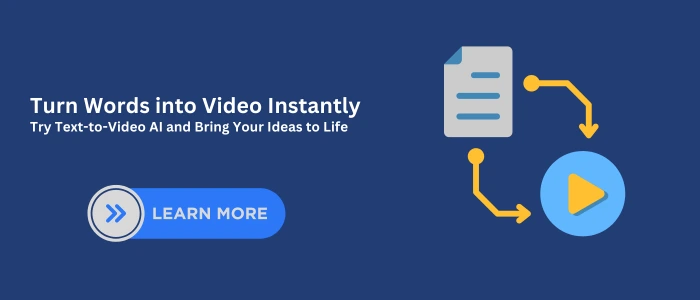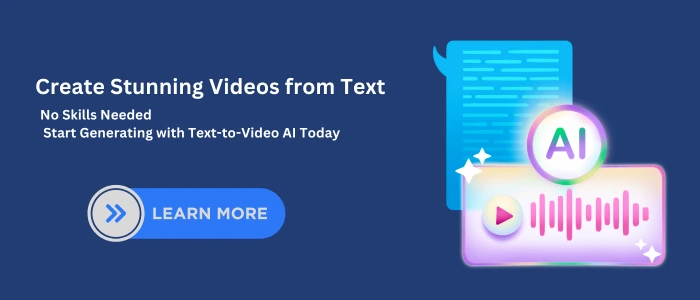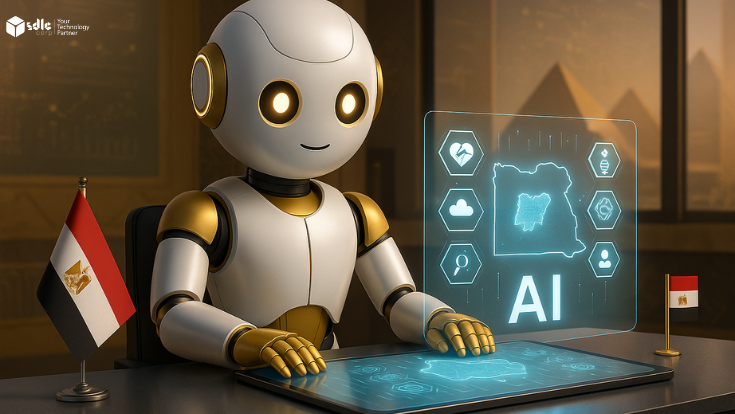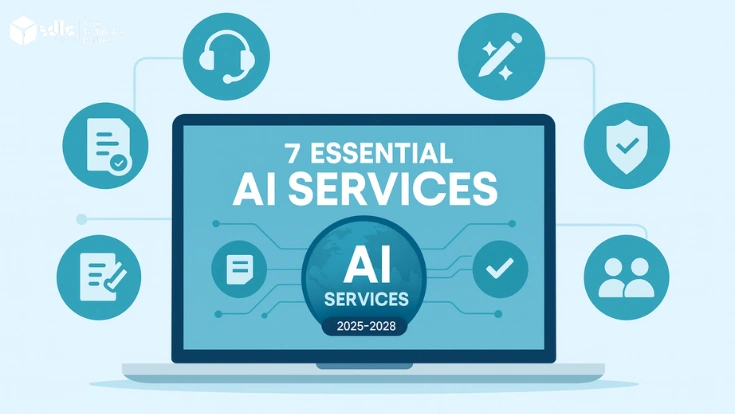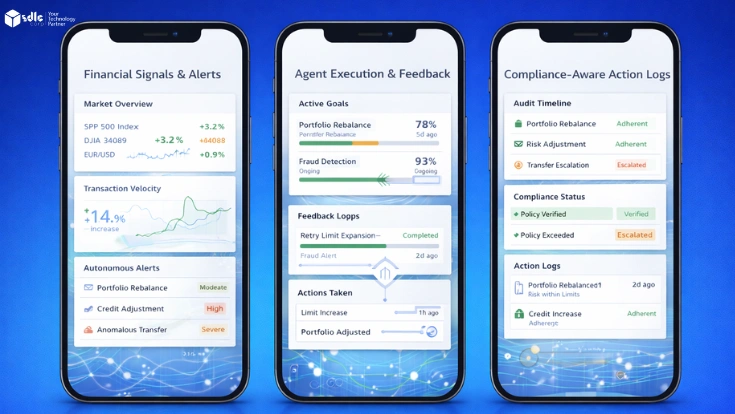Introduction
In today’s digital world, technological innovations continue to reshape how we create and consume content. Among these innovations, text-to-video AI models stand out as a breakthrough that merges language understanding with visual storytelling. These tools enable users to create videos by simply describing them in text, eliminating the need for cameras, editing tools, or production crews. This not only democratizes content creation but also dramatically reduces costs and timelines.
While image-generation AI has been gaining traction, the leap to video is much more complex. After all, video involves motion, context, and continuity. Yet, thanks to advances in machine learning, natural language processing, and generative models, we are now seeing the emergence of tools that can turn simple sentences into moving visuals. This advancement has huge implications not just for the media, but also for marketing, education, and more.
1.Breaking Down How Text-to-Video AI Works
Text-to-video AI models operate using multiple technologies working in tandem. First, natural language processing engines interpret the meaning behind the user’s text. Then, generative models produce visuals based on the interpretation. Finally, temporal models ensure those visuals animate smoothly over time.
Instead of creating still images, these systems must generate coherent sequences. Therefore, they must maintain character consistency, movement direction, and even lighting across multiple frames. This requires more than just raw computational power it demands contextual awareness and temporal logic.
At the core of these models are neural networks trained on vast datasets of text and video pairs. These pairs help the AI understand how certain phrases translate into specific scenes or actions. Because of this training, text-to-video AI can now create anything from animated landscapes to character interactions with minimal human input.
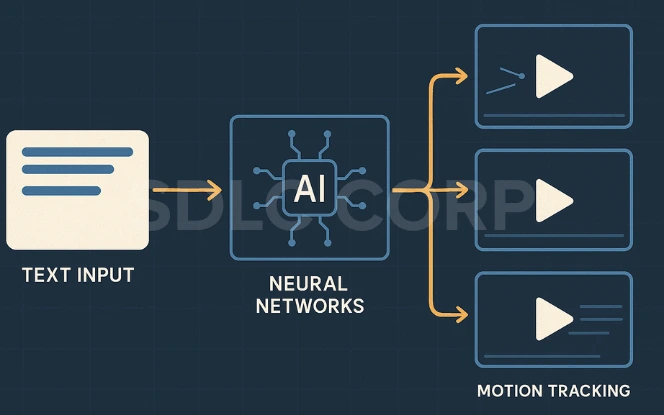
2. The Technology Behind the Magic
Most text-to-video AI models use a combination of diffusion models and transformers. Diffusion models help create high-quality visuals from noise, while transformers manage the sequence of frames and maintain narrative flow. Additionally, some platforms integrate reinforcement learning to optimize the generated output based on user feedback.
Even though this sounds technical, the user interface is often incredibly simple. Users just enter text like “a cat flying through space” or “a teacher explaining gravity,” and the model returns a short video. The backend complexity is hidden behind clean and accessible tools.
Despite being early in their development cycle, some models already allow fine-tuning with reference images or motion templates. This hybrid input gives creators even more control, making the results increasingly relevant and usable.
Related Read:
Curious about converting visuals into written content instead?
Here are 3 easy methods for turning an image into text.
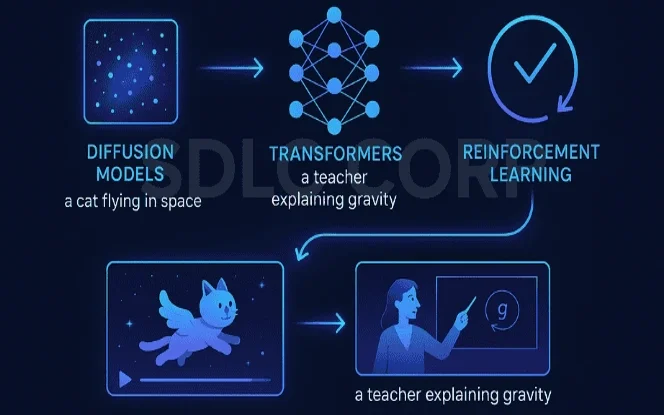
3.Current Capabilities of Text-to-Video AI
Today’s text-to-video AI tools can create short video clips usually between 4 and 15 seconds. These clips often include simple scenes, basic character actions, or stylized animations. While that might seem limited, it’s a huge leap from where we were just a couple of years ago.
Models like RunwayML’s Gen-2 or OpenAI’s Sora show off what’s possible. Users can generate footage that mimics cinematic style, cartoon aesthetics, or surreal dreamscapes. What’s more, these tools can work with different text tones creating whimsical, dramatic, or informative visuals based on the prompt style.
Moreover, some platforms now offer add-ons such as voiceovers, music, or subtitle integration. These extras make it easier to go from concept to publishable content in minutes.
4. Common Limitations You Might Encounter
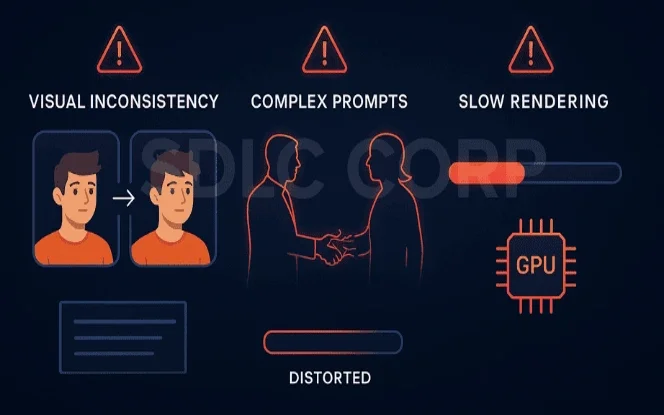
Despite the hype around text-to-video AI, current models aren’t flawless. One of the biggest issues is visual consistency. A character might change appearance between frames or backgrounds might shift illogically. This breaks immersion and can confuse viewers.
Additionally, complex prompts like those involving multiple actions or people can overwhelm the model. For example, a scene involving a handshake and a dialogue exchange might get reduced to a vague visual with distorted movement.
Another problem is rendering time. Generating high-quality footage requires powerful GPUs and server time. This often leads to long waits or rendering queues, especially on free tiers. Some users also report blurry outputs or low frame rates depending on prompt complexity.
5. Use of Text-to-Video AI in Marketing
Marketers are quickly adopting text-to-video AI tools to produce short-form content like ads or social posts. With just a few prompt iterations, they can test multiple versions of a campaign idea without hiring a production crew. This rapid testing saves time and allows for greater creativity.
Moreover, marketing teams can generate localized versions of their content by changing prompt language or cultural references. This makes global targeting more scalable and cost-effective. By avoiding reshoots or graphic edits, campaigns can be executed in record time.
Text-to-video AI also supports brand storytelling. Brands can visually explain their mission, showcase testimonials, or present products with engaging visuals all generated by AI from a brief script or product description.
6. Education and E-Learning Reimagined
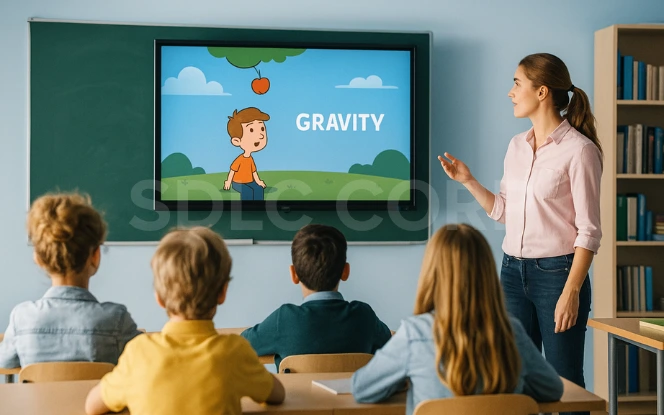
In education, text-to-video AI models offer new ways to present complex concepts visually. Teachers and content creators can create short explainers that would traditionally require animated software or paid video services.
For example, a text like “the water cycle from evaporation to rainfall” can result in a 10-second educational clip showing the entire process in a visual format. Students not only engage better but also retain more when they see ideas come to life.
This is especially powerful in underserved areas or among educators with limited resources. Using free or low-cost AI tools, high-quality video learning can now reach broader audiences.
Working with scanned PDFs? Here’s how to easily convert free PDF images to text using simple tools.
7. Entertainment, Storytelling, and Indie Creators
From pre-visualizing a movie to creating animated skits, text-to-video AI is empowering indie creators. YouTubers, TikTok influencers, and novelists are experimenting with this medium to craft rich visual content with minimal cost.
Game designers also use AI to build short cinematic trailers or world-building scenes. While the quality may not yet match Pixar or Marvel Studios, the speed and accessibility mean more experimentation and innovation.
Creative expression is no longer limited by budget or technical skills. Instead, ideas and words become the main tools of production.
8.Ethical Concerns of AI-Generated Video
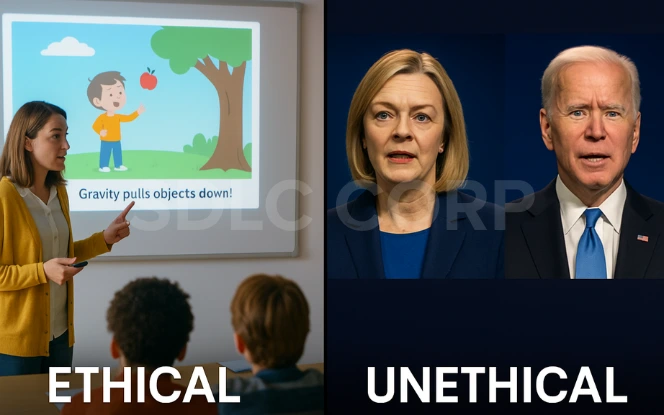
With all the benefits of text-to-video AI, ethical concerns are inevitable. Deepfakes, misinformation, and identity manipulation are just a few dangers. Because these videos look so real, they could easily be mistaken for genuine recordings.
Another concern involves dataset bias or misuse of copyrighted material. Some models are trained on web-scraped content without proper licensing. This may lead to unintentional IP violations.
Therefore, as adoption rises, developers and users alike must advocate for transparency, usage guidelines, and detection tools to prevent harm.
9. Advisory and Model Governance Considerations
Text-to-video systems raise governance concerns around content accuracy, attribution, and misuse. Advisory support helps define acceptable use policies and review mechanisms. An AI consulting company may assist organizations in setting governance frameworks for responsible deployment of video-generating AI.
Conclusion
Text-to-video AI is not just a novelty it’s a transformative tool redefining digital storytelling. Whether you’re a business, educator, artist, or student, these tools offer new ways to create without constraints. They save time, reduce costs, and make visual storytelling accessible to all.
While limitations exist, they’re shrinking fast. Every week, new models bring better consistency, realism, and accessibility. And with ethical use and continued innovation, this technology will open the doors to global storytelling like never before.
For organizations looking to implement or customize these tools, partnering with a trusted AI development company can accelerate adoption and innovation. With the right guidance, you can turn your vision into dynamic, AI-powered content in no time.
So if you’ve got a story, product, or message to share text-to-video AI might just be your most powerful creative ally.
FAQ'S
What is text-to-video AI?
It’s a technology that generates video content from text descriptions using AI models trained on language and video data.
Are these tools free?
Some offer free trials, but most advanced features require paid plans.
Can I use text-to-video AI for commercial work?
Yes, but always check licensing terms of the platform you’re using.
How long can the videos be?
Currently, most tools produce clips of 5 to 15 seconds. Longer video generation is still developing.
Are these models accurate?
They’re improving, but can still misinterpret complex or vague prompts.

